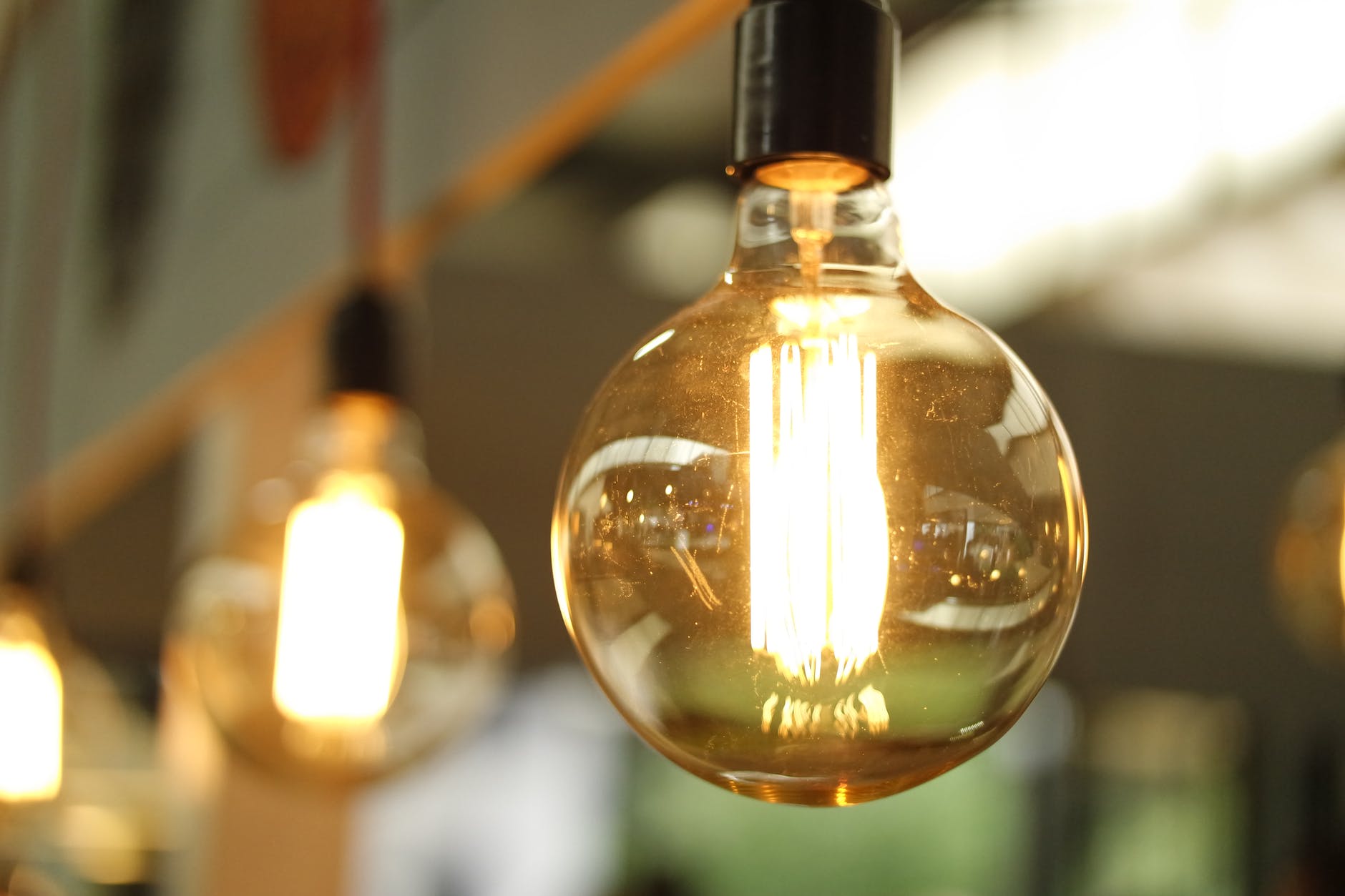Litre of Light Dehradun is an initiative aimed at providing sustainable light in the homes of slum-dwellers and tribal villages near Dehradun. The team has optimised and extended the existing designs for the Liter of Light, and come up with a cost-effective design of solar bulbs that are adequately powerful for a single slum-dwelling household. This article deals with the process of optimising the design, and what each step in this tiresome but rewarding journey brought with it.
The design process that undertook is as described below:
Step 1:
I first went down to the requirements, and especially the ones that were required to be changed based on the feedback. The biggest issue we brought to terms was the issue of portability. At least fifteen villagers told us that the utility of the bulb would increase multi-fold simply if its mobility is improved. They could use it for carrying around when they needed to go somewhere, say the bathroom, at night. This problem now presented us with two challenges – how to make something that is portable (has a strap or something) and can supply light to light up at least an entire household.
We needed to make it light-weight and portable. Therefore the first modification was to transform it from something that requires installation, to something that can be carried around. We got rid of the tin sheet and the water, which gave us space to accommodate the battery inside the bottle.
Step 2:
We worked out multiple designs, where we placed the battery horizontally and vertically inside the bottle, sticking it with double tape. The battery would detach and fall into the bottle, whatever we tried. Then after some thought we used zip ties and made holes on the bottom of the bottle, making a permanent fix. This took care of the battery, which was half the issue.
Step 3:
This step was where I remodelled the entire circuit of the setup. With the kind assistance of experts, I was able to reconstruct the circuit. The main changes were the introduction of a small red diode that would depict that the battery was charging, the battery was changed to one that was twice as much power, and the bulb was changed to a 5 watt LED panel. The solar panel was increased in size, to power up the bigger battery and the larger LED. The exciting part was that the part I now used was cheaper because they were standard manufactured parts, made in substantial quantities. This helped lower the costs of manufacturing for the bulbs, reducing it by about two hundred rupees (two dollars).
Step 4:
The solar panel and the bulb were refitted into a standard housing made for some other manufacturing process, which I found while sourcing my parts from the local suppliers. This made the design look complete, and made a safer place to house the solar panel, which would not be knocked off by the impact.
Conclusively, the new design has received a far better response than the previous models. After long periods and two rounds of making bulbs, the slum of Thakurpur has been fully lit up.
In a world where plastic in the ocean outweighs marine life, the least we can do to protect ourselves is protect what gives us life – Earth. If we can not stop single-use plastics, or even create proper recycling plants in a growing economy like India, we must seek to re-use them as much as possible. Litre of Light Dehradun seeks to do that, in a style that lights up the homes of those in need.
Note: Views expressed here do not necessarily reflect those of Scientific India.
